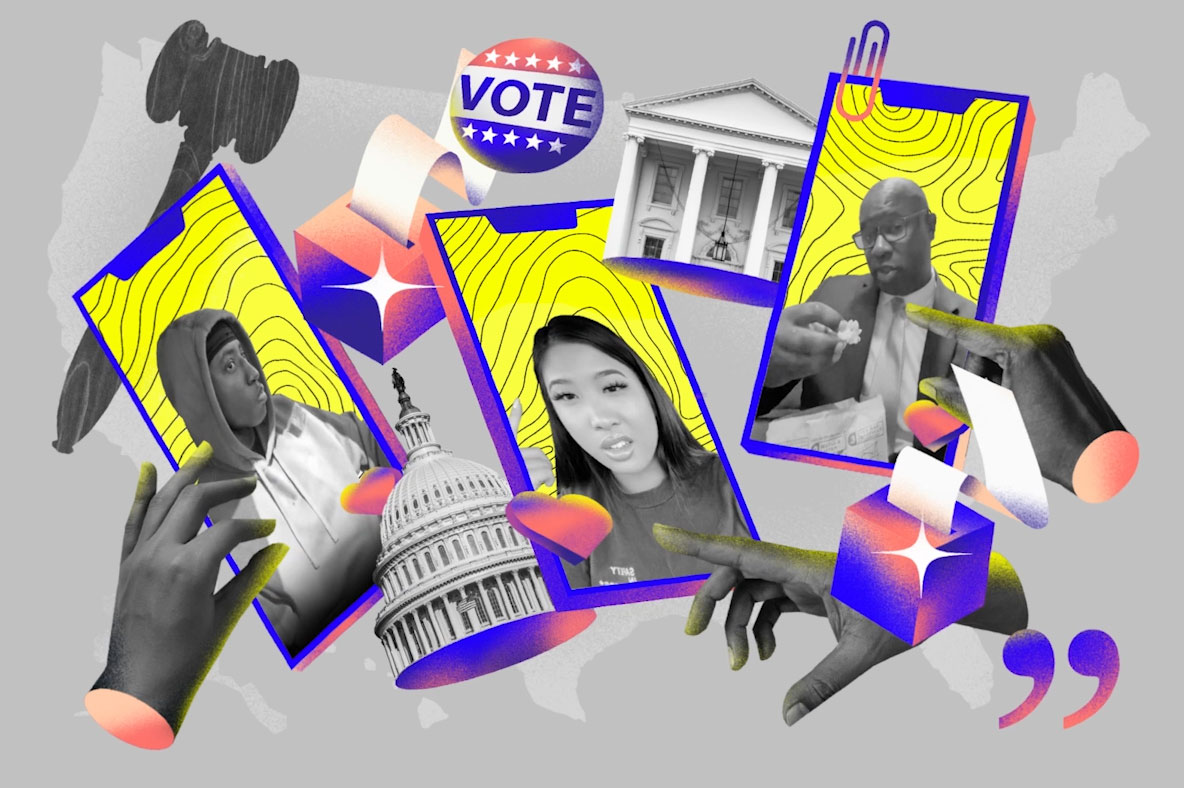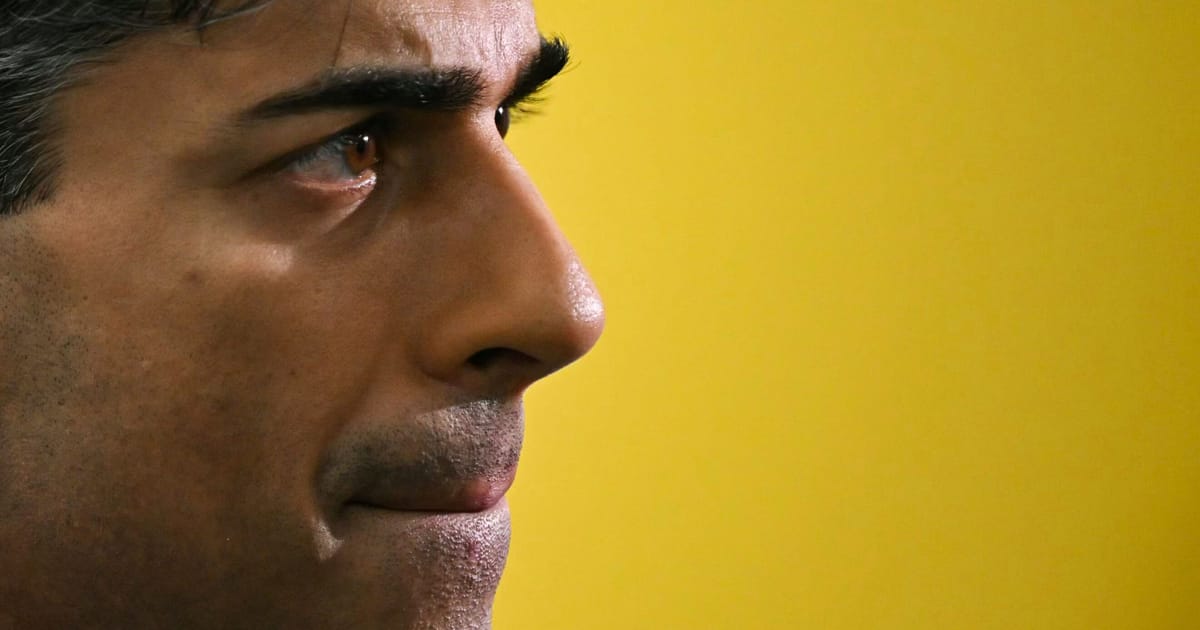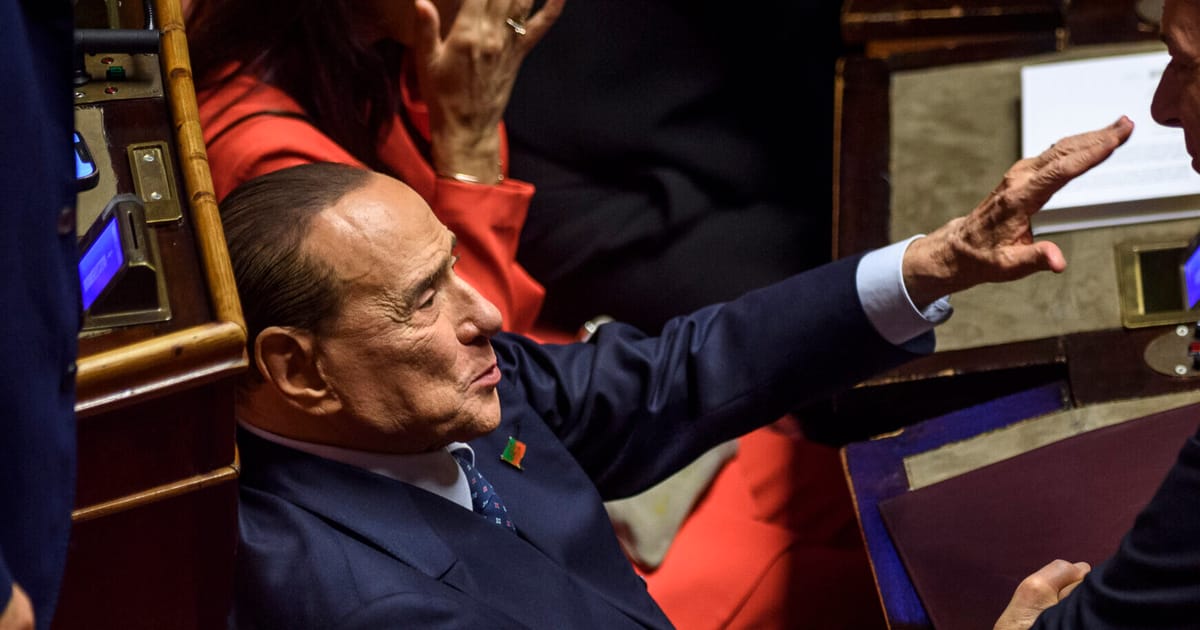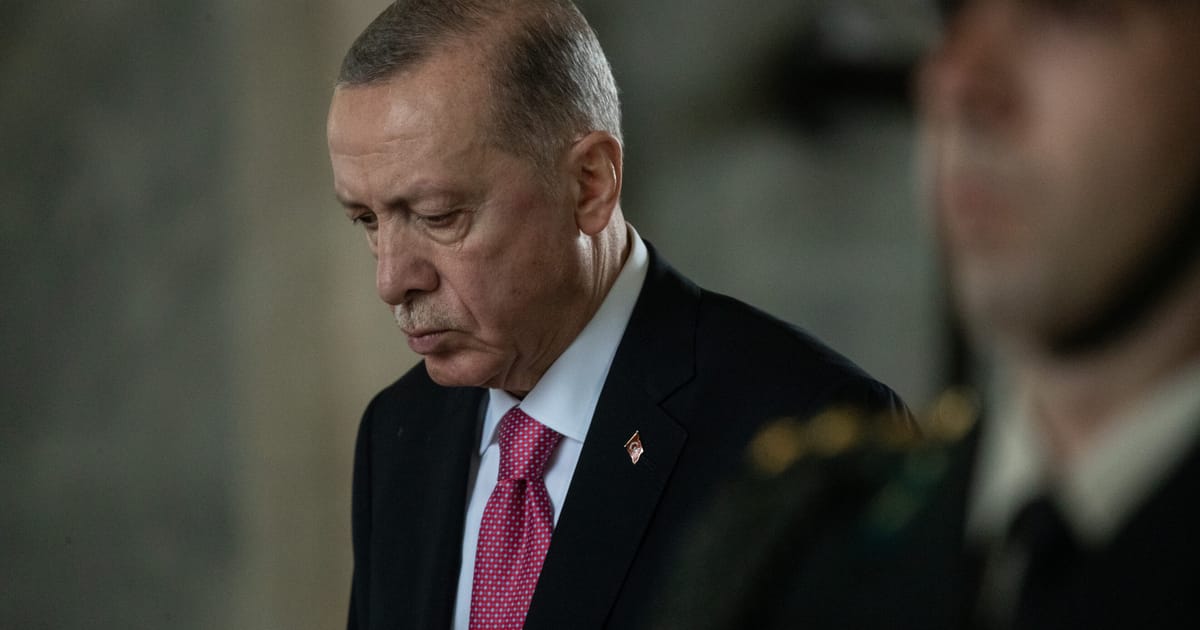Vickie Segar, founder at Village Marketing, a New York City-based “influencer-led creative agency,” notes that the Biden campaign in 2020 recruited unpaid influencers on TikTok (thus exempting them from the app’s ban on paid political ads) during the country’s debate over Black Lives Matter to explore Biden’s record on race — and the doubts some Black Americans had about where a President Biden would stand on everything from policing to economy opportunity. It was, the thinking went, more powerful than simply having Biden tackle the topics without intermediaries. “If you allow an influencer or creator to be able to ask the questions they want, which we did,” says Segar, “they usually ask the questions their community wants to ask, in the way their community wants to ask them.”
In 2019, Alex Kronman realized that his company Flytedesk, which he had started six years earlier to sell advertising space on college campuses, could take on a new opportunity: influencers on Instagram and TikTok.
Today, as part of its “Campus Influencers” program launched in February of 2020, Flytedesk partners with the business staff of campus news organizations and others on campus, paying those students a fee between $50 and $300 to identify would-be student influencers with outsized reach on campus, such as student-athletes, sorority leaders and heads of Black student unions.
Once harvested, those names go into a database made accessible to brands and organizations looking for micro-influencers on Instagram and TikTok. If paired with the campaign, those content creators are given a brief on what the organization is looking for and are paid at least $50 per post with less than 10,000 followers, and at least $100 with more.
In 2020, the nonpartisan voter turnout group VoteAmerica tapped some 700 influencers through the Flytedesk system, with a focus on students at some of the country’s hundred-plus historically Black colleges and universities. (VoteAmerica is non-partisan non-profit, and sees its work, like Run AAPI, as civic engagement within the boundaries of TikTok’s political content rules.) Overall, VoteAmerica spent about 25 percent of its outreach budget on turning out students at historically Black colleges and universities in 2020, VoteAmerica founder and CEO Debra Cleaver told me.
“With 50 kids,” says Kronman, “we can saturate a college campus.”
The business model is not without its challenges. For one thing, “the entire audience turns over 25 percent year over year,” says Kronman, referring to the graduation of seniors. And, says Cleaver, “For all we know by next year, there’ll be some new hotness all the young people will be on.” But for now, says Cleaver, it’s a powerful way to reach otherwise reluctant voters.
Cleaver says that while the scramble of the final days of the campaign didn’t allow for much time to analyze the program’s success, she says that it allowed her group to tap into the triumvirate of factors they know to persuade people to vote: knowing the date of the election, fear of missing out on something everyone’s doing, and a message delivered by a persuasive voice. “The best messenger is someone you trust already,” says Cleaver, and “when I say ‘trusted,’ I mean someone you know, like literally someone from campus.”
There are, naturally, worries that TikTok and its powerful algorithm can be used as a tool for misinformation. “This is a platform that can be very easily used to manipulate people en masse, in an instant,” says Brandi Geurkink, a senior research fellow at the digital-rights group Mozilla Foundation.
But fans of the platform argue it can also do the opposite.
Last year, Trilogy, a left-of-center digital firm, was hired to work on Michigan’s “Yes on Prop 2” campaign. The measure would amend the state constitution with the aim of protecting access to voting, and the campaign to pass it was backed by a coalition of groups that included the Michigan branches of the American Civil Liberties Union and the American Federation of Teachers.
The problem was, polling and focus-group work done by the campaign found that Michigan voters — particularly young Michiganders and Michiganders of color — were suspicious of “voting reform” amid pushes from the right to make voting laws more restrictive. The campaign’s challenge was then, as one focus-group member put it, to convince would-be supporters that the measure was “from the good side.”
With no candidates or other human face to rally around, Trilogy sought other trusted messengers to make the case. A Michigan-native Trilogy staffer, Jake Levy-Pollans, helped pick a handful of hashtags used by TikTok users to narrow in on possible TikTok influencers the campaign might want to work with, including #DTW, as in the location code for Detroit Metro Airport; #pistons, for the local NBA team; and #TheMitten, a reference to the state’s unusual and oft-invoked shape. From there they tossed out, for obvious reasons, anyone showing violent tendencies, and they also dropped from the pool one-hit wonders, or TikTok users whose high-follower count could be traced back to a single blockbuster post.
At the same time, though, they weren’t looking for the biggest names; a rather dry test post found that former University of Michigan basketball player and then-ESPN analyst Jalen Rose — “Your voice needs to be heard,” Rose intones, looking straight at the camera — didn’t have the same bang-for-the-buck traction on TikTok as others with lower public profile but more active on TikTok. They ended up working with 13 creators. A local parent might be paid $800 for a post; the most the campaign offered was $15,000 to a former college sports figure in the state they’d rather not name. The influencers submitted scripts for vetting, but Trilogy CEO Larry Hyunh says they endeavored to only lightly edit them; one video produced by the campaign features Trellevision, an edgy Detroit comedic content creator, who shot a skit of himself in one of his go-to formats, getting yelled at by a drive-through fast-food cashier. (Creators who film while actually driving were out; it’s too irresponsible a look for a political spot, Trilogy staffers say.)
In the sponsored post, just over a minute long, Trellevision tells the cashier that while he intends to vote, he’d do it when he had “some time.” Shoots back the cashier, “Your girl watching the kids and you got Tuesdays off! You outta all people have the time!” Says Hyunh, “It isn’t something that you would typically see in a paid ad. [But] doing it in their style, doing it in a way that communicates with their audience, I find it exhilarating.” Proposition 2 passed.
National campaigns are getting in on the action, too. The presidential campaign of Joe Biden in 2020, for its part, did some light influencer work, partnering with unpaid creators who numbered in the dozens. Many of the influencers the Biden campaign worked with were aimed at connecting with communities of color.
Biden’s attempt to win a second term is also aided by external actors working explicitly in his name. Gen-Z for Change, a coalition of left-leaning volunteer influencers, for example, has helped organize TikTok boosters for the candidate among that coveted sub-26-years-old demographic. And EMILY’s List, the long-standing progressive political action committee that supports women candidates, has said that it plans to spend “tens of millions of dollars” boosting the reputation of Vice President Kamala Harris, including via TikTok. (BlueLabs’ data suggest there might be particular wisdom to that strategy; while frequent TikTok users are generally less politically engaged than their less-TikTok-using counterparts, they were able to correctly identify Harris as vice president at nearly the same rate, 92 percent to 94 percent. “That would suggest that Kamala Harris has some salience with these voters,” says BlueLabs’ Ali Collins.)
While most of the research and experimentation into what TikTok can do for politics is on the left, largely because the app’s users overlap with the demographics of the Democratic Party, that’s not to say there isn’t any hope for Republicans hoping to harness its power.
Eric Wilson, a Republican digital strategist, hopes that whichever Republican runs against Biden avails him or herself of the same TikTok tools. Wilson was the digital director for the 2016 presidential campaign of Sen. Marco Rubio (R-Fla.), a prominent critic of the app who has said “It is time to ban Beijing-controlled TikTok for good.”
But research conducted by the Center for Campaign Innovation, a right-of-center group for which Wilson serves as director, found last fall that one in five Republicans between the ages of 18 and 49 open TikTok every day. That’s maybe not a ton of voters, but it’s not nothing — and it’s also likely to increase as users age. Not engaging on TikTok, says Wilson, “is just a total failure to protect our flank.”
“We either need to kill it or embrace it,” says Wilson. He says he tells candidates to think of TikTok like a local tomato festival that draws in great swarms of voters: “You may not like eating tomatoes, but you’ve still got to be there.”
The possibility of a TikTok ban loomed over all of these conversations. During several interviews, strategists and staffers mentioned all of this research and experimentation could be for nothing if Congress or the Biden administration succeeds in implementing a ban on TikTok.
But for now, Republicans are also the ones more likely to support a ban entirely. In March, Sens. Mark Warner (D-Va.) and John Thune (R-S.D.) introduced a TikTok-targeted bill that would empower the Department of Commerce to ban it and similar apps, and its co-sponsors are split nearly evenly between Democrats and Republicans, but it has the backing of just a quarter of the Senate. Of the 32 governors who have banned the app on official devices, a full three-quarters are Republicans. That’s of a piece with the American population at large: A recent Wall Street Journal poll found that 62 percent of Republicans back a ban on the platform, while only 33 percent of Democrats feel the same.




